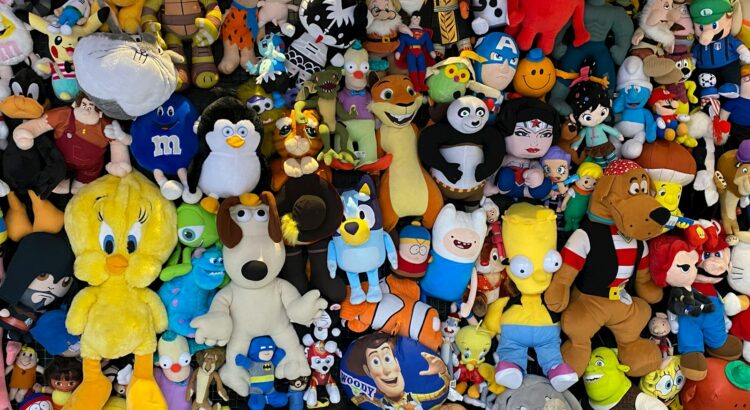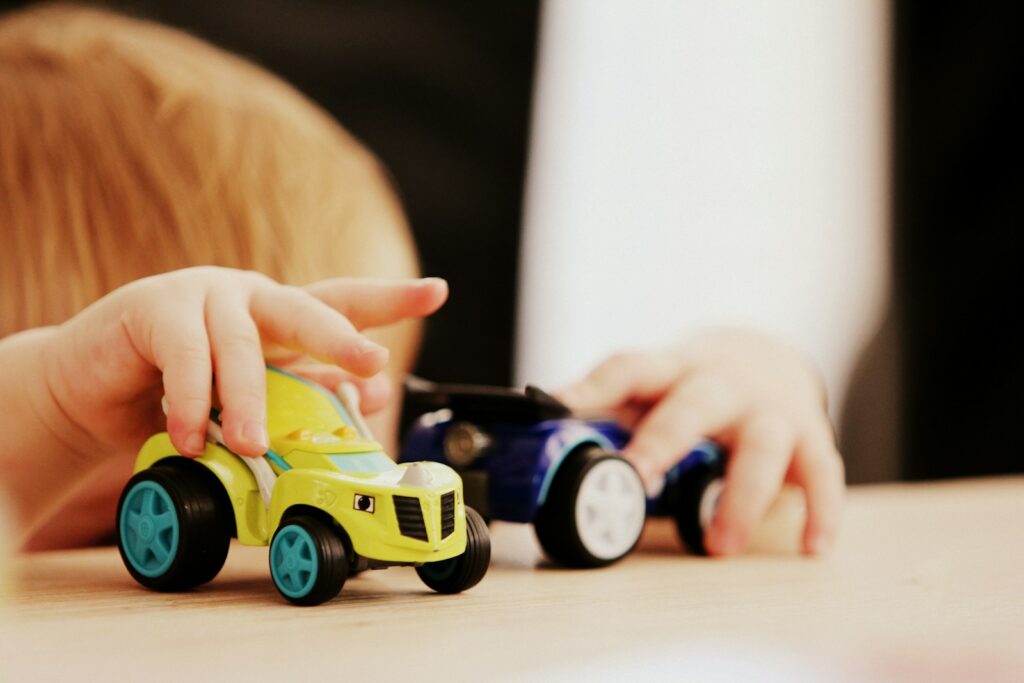
Have you ever stopped to think about the last time you cleaned your child’s toys? Or how about the germs and bacteria that may be lurking on those beloved playthings? In a world where cleanliness is paramount, it’s essential to keep our children’s toys free from harmful bacteria and germs. Join us as we delve into the world of toy hygiene, exploring guidelines for safe and effective cleaning to ensure the well-being of our little ones. Let’s give those toys a good scrub and peace of mind to boot!
Table of Contents
- Choosing the Right Cleaning Products: Safety First!
- The Power of Vinegar: A Natural Disinfecting Hero
- Sunny Side Up: Letting UV Rays Do the Work
- Scrub-a-Dub-Dub: Effective Techniques for Toy Baths
- Battling the Microscopic Monsters: Sanitizing Soft Toys
- On Rotation: Organizing Toys for Regular Cleaning
- Dry Matters: The Importance of Drying Toys Thoroughly
- Breathe Easy: Ventilating After Cleaning
- The Forgotten Spots: Paying Attention to Nooks and Crannies
- Creating a Toy Cleaning Schedule: Consistency is Key
- Questions & Answers For Cleaning Toys: Guidelines for Hygiene and Safety
- In Conclusion
Choosing the Right Cleaning Products: Safety First!
When it comes to cleaning toys, maintaining hygiene and safety is of the utmost importance. With the right cleaning products and guidelines, you can ensure that your child’s toys are free from germs and safe for play.
Here are some tips for selecting the right cleaning products for your child’s toys:
- Read the labels: Look for cleaning products that are specifically designed for toys and are labeled as non-toxic and safe for children.
- Avoid harsh chemicals: Stay away from cleaning products that contain harsh chemicals such as bleach, ammonia, or alcohol, as these can be harmful if ingested by children.
- Consider natural alternatives: Opt for natural cleaning products such as vinegar, baking soda, or mild dish soap, which are safe and effective for cleaning toys.
By following these guidelines for hygiene and safety, you can ensure that your child’s toys are clean and safe for play, providing you with peace of mind as a parent.
The Power of Vinegar: A Natural Disinfecting Hero
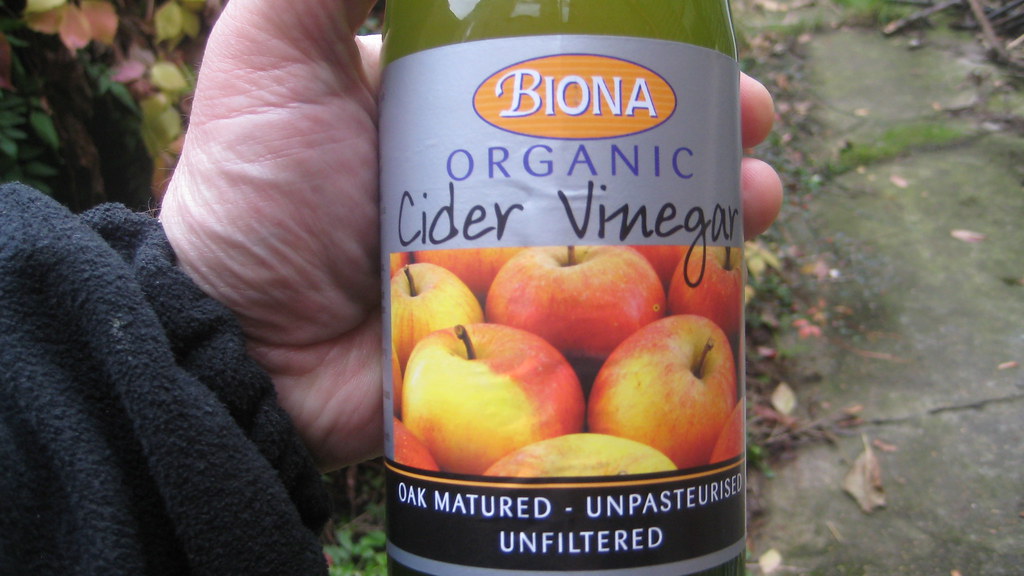
When it comes to keeping toys clean and safe for children, using vinegar as a natural disinfectant can be a game-changer. Not only is vinegar non-toxic and safe for kids, but it also effectively kills bacteria and viruses, making it an ideal cleaning solution for toys.
Here are some guidelines for using vinegar to clean and disinfect toys:
- Choose the Right Type of Vinegar: Opt for white vinegar or apple cider vinegar, as they are the most effective for cleaning and disinfecting.
- Mixing Vinegar with Water: Dilute vinegar with equal parts of water to create a safe and effective cleaning solution.
- Soaking Toys: Submerge toys in the vinegar and water solution for at least 10-15 minutes to ensure thorough disinfection.
Additionally, it’s important to remember some general guidelines for maintaining hygiene and safety when cleaning toys. Regular cleaning and disinfecting of toys not only keeps them germ-free but also prolongs their lifespan, ensuring that they remain safe for children to play with.
Remember to always check the manufacturer’s instructions for cleaning and care, as some toys may have specific cleaning requirements. By following these guidelines, you can ensure that your child’s toys are not only clean but also safe for them to enjoy.
| Recommendation: | Using vinegar as a natural disinfectant for cleaning toys |
Sunny Side Up: Letting UV Rays Do the Work
When it comes to cleaning toys, ensuring hygiene and safety is of utmost importance. One effective method that has been gaining popularity is using UV rays to eliminate germs and bacteria. This natural and chemical-free approach not only provides a thorough cleaning but also helps in preserving the quality and integrity of the toys.
Here are some guidelines to safely and effectively use UV rays for cleaning toys:
- Choose the right UV light: Look for a UV light that is specifically designed for disinfection purposes. Ensure that it emits the right wavelength to effectively kill germs and bacteria.
- Preparation: Before using the UV light, make sure to clean the toys of any visible dirt or debris. Place the toys in a clean, open area to ensure that the UV light reaches all surfaces.
- Exposure time: Follow the manufacturer’s instructions for the recommended exposure time. Avoid overexposure to UV rays, as it can degrade certain materials.
| Toys | Recommended UV exposure time |
|---|---|
| Plastic toys | 10-15 minutes |
| Stuffed toys | 20-30 minutes |
By following these guidelines and using UV rays for cleaning toys, you can ensure that your little one’s playthings are free from harmful germs and bacteria, while also promoting a safe and healthy environment for them to enjoy their favorite toys.
Scrub-a-Dub-Dub: Effective Techniques for Toy Baths
When it comes to keeping your child’s toys clean and safe, a regular bath is essential. However, not all toys can be cleaned in the same way.
Here are some effective techniques for cleaning different types of toys:
- Plastic Toys: Plastic toys can easily be washed in warm, soapy water. Make sure to rinse them thoroughly and air dry to prevent any soap residue.
- Stuffed Animals: Spot clean stuffed animals with a damp cloth and mild detergent. For deeper cleaning, place them in a pillowcase and wash on a gentle cycle in the washing machine. Air dry to maintain their shape.
- Bath Toys: To prevent mold build-up, bath toys should be soaked in a mixture of equal parts vinegar and water. Rinse and air dry before returning them to the bath.
It’s important to remember the guidelines for hygiene and safety when cleaning your child’s toys. By following these techniques, you can ensure that your child’s toys are clean, safe, and ready for playtime!
Battling the Microscopic Monsters: Sanitizing Soft Toys
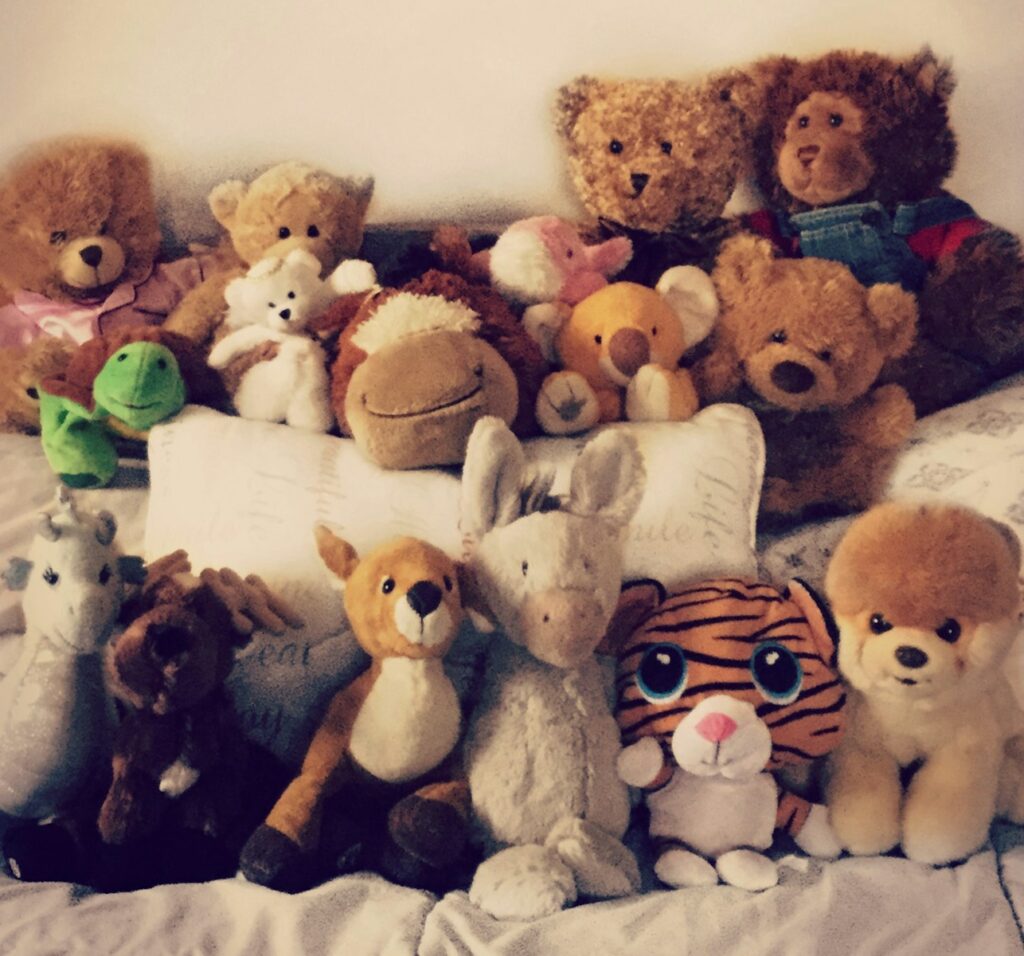
Soft toys are a source of comfort and joy for children, but they can also be a breeding ground for germs and bacteria. Regular cleaning and sanitizing of soft toys is essential for maintaining hygiene and safety in the household.
Follow these guidelines for effectively battling the microscopic monsters that can lurk in your child’s beloved soft toys:
1. Machine Washable Toys: Check the care label to see if the soft toy is safe for the washing machine. Use a gentle, hypoallergenic detergent and wash on a delicate cycle. Make sure to thoroughly dry the toy before returning it to your child.
2. Hand Wash Only Toys: For toys that cannot be machine washed, use a mild soap and warm water to gently scrub the surface. Rinse the toy thoroughly and air dry completely before allowing your child to play with it.
3. Sanitize with UV Light: Consider using a UV light sanitizing wand to kill germs and bacteria on soft toys. Simply wave the wand over the toy’s surface for a few minutes to effectively sanitize it.
On Rotation: Organizing Toys for Regular Cleaning
When it comes to keeping toys clean and safe for our little ones, it’s important to establish a regular cleaning routine. One effective method is to organize toys on a rotation schedule, ensuring that each set of toys gets a thorough cleaning before being reintroduced to playtime.
Here are some helpful guidelines for maintaining hygiene and safety when cleaning toys:
- Sort and Store: Begin by categorizing toys into different sets based on type or material. Store each set in separate containers or bins to make it easier to rotate through them for cleaning.
- Regular Rotation: Set a schedule for rotating toys in and out of playtime. This could be weekly, bi-weekly, or monthly, depending on the number of toys and the frequency of use.
- Thorough Cleaning: When it’s time to rotate out a set of toys, give them a thorough cleaning. This may involve washing, sanitizing, or disinfecting, depending on the type of toy and the manufacturer’s recommendations.
By establishing a regular rotation system for organizing and cleaning toys, you can ensure that your little one’s playthings stay hygienic and safe for play. It’s a simple yet effective way to maintain a clean and healthy environment for your children.
Dry Matters: The Importance of Drying Toys Thoroughly
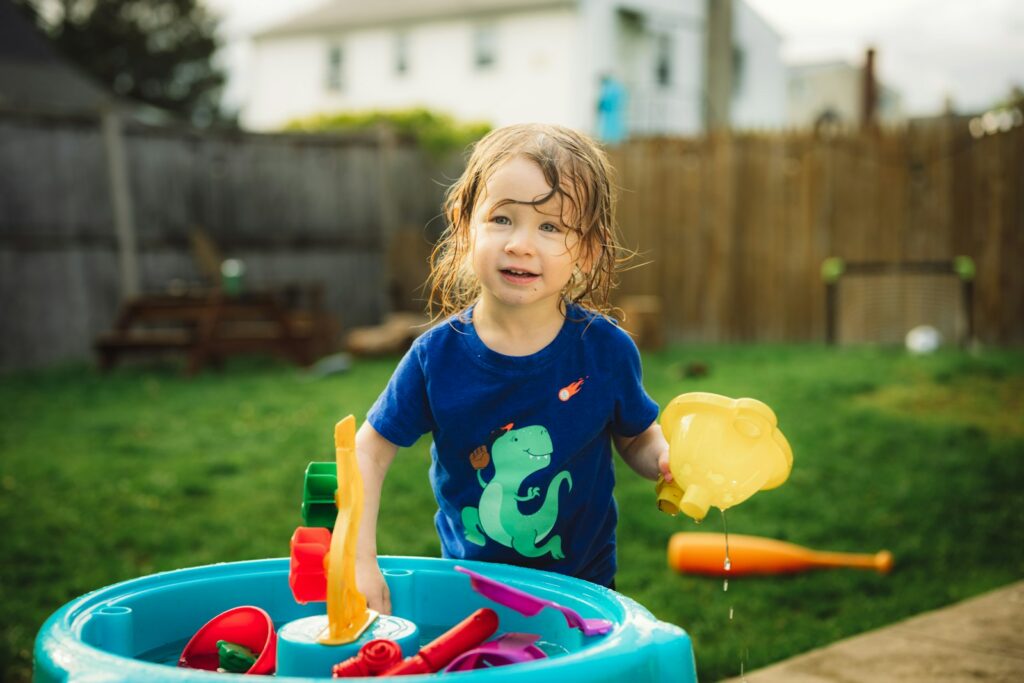
Proper cleaning and drying of toys is essential for maintaining a hygienic and safe environment for children. After cleaning toys, thorough drying is just as important as the cleaning process itself. Damp or wet toys left sitting around can become breeding grounds for mold, mildew, and bacteria, posing a potential health hazard for children.
Here are some guidelines for ensuring that toys are dried thoroughly after cleaning:
- Use clean towels: After washing toys, use clean, dry towels to soak up excess moisture.
- Allow air-drying: Place toys in a well-ventilated area to air-dry completely. Avoid placing them in direct sunlight, as this can cause discoloration.
- Check for hidden moisture: Inspect toys for hidden pockets of moisture, such as crevices and seams, and make sure they are completely dry before storage.
By following these guidelines, you can ensure that toys are thoroughly dried and ready for use, minimizing the risk of bacterial growth and keeping your little ones safe and healthy.
Breathe Easy: Ventilating After Cleaning
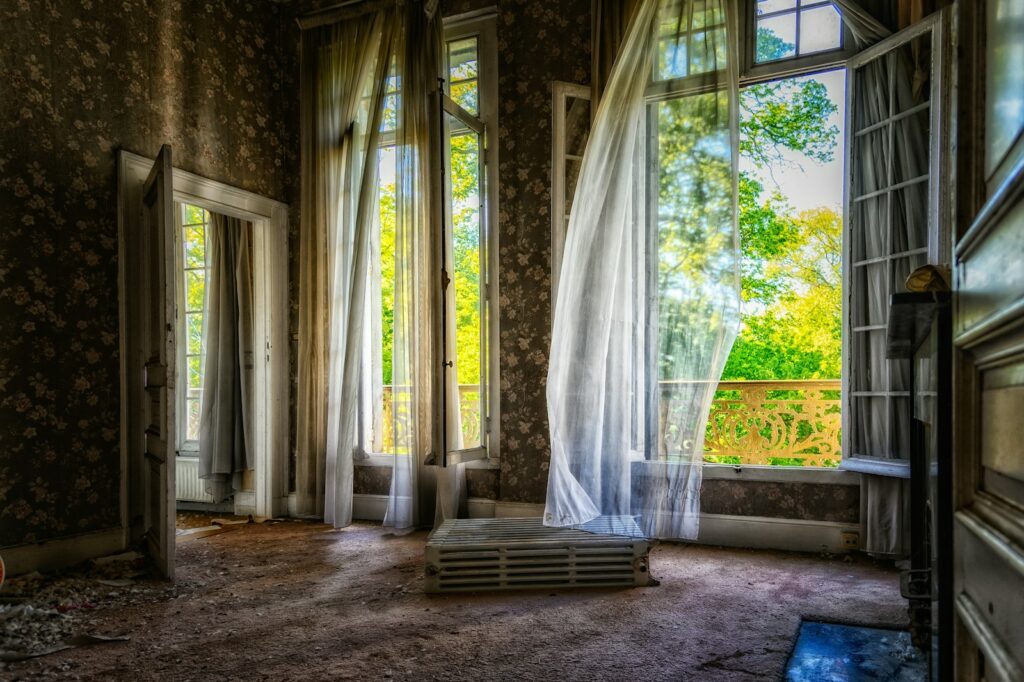
After you’ve finished cleaning your child’s toys, it’s important to ensure that the area is properly ventilated. This will help to dissipate any lingering cleaning fumes and allow for a safe environment for your little ones to play in. Here are some guidelines to follow for proper ventilation after cleaning:
- Open windows: If weather permits, opening windows can help to quickly ventilate a room after cleaning. Fresh air will help to remove any cleaning fumes and leave the space feeling fresh.
- Use fans: Utilizing fans to circulate air can help to speed up the ventilation process, particularly in rooms with limited airflow.
- Avoid confined spaces: If possible, ensure that the area being cleaned and ventilated is not in a confined space where fumes could become concentrated.
Following these guidelines will help to ensure that the area is properly ventilated after cleaning, providing a safe and healthy environment for your children to enjoy their freshly cleaned toys.
The Forgotten Spots: Paying Attention to Nooks and Crannies
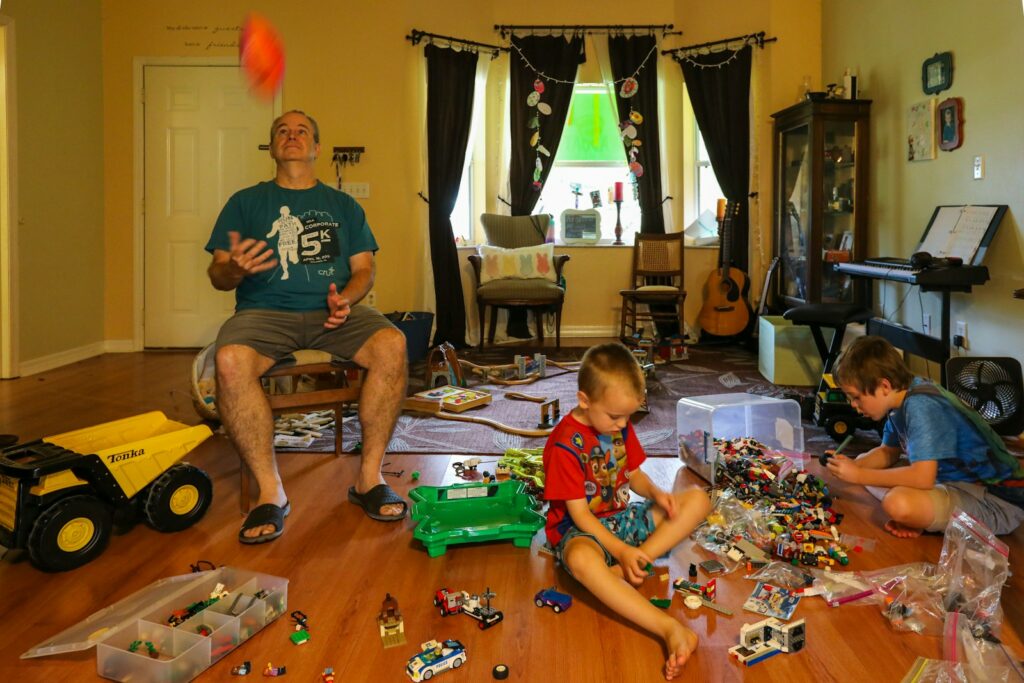
When it comes to cleaning toys, it’s important to pay attention to every nook and cranny to ensure proper hygiene and safety for your children.
Here are some guidelines to keep in mind:
- Regular Cleaning: Make it a habit to clean your child’s toys regularly, especially those that are frequently used.
- Proper Storage: Store toys in a clean and dry area to prevent the buildup of dust and dirt.
- Using Safe Cleaning Products: Use mild, child-safe cleaning products to avoid any potential harm to your child.
- Inspecting for Wear and Tear: Check toys for any signs of wear and tear and replace them if necessary to avoid any safety hazards.
By following these guidelines, you can ensure that your child’s toys are kept clean and safe for them to play with. Remember, it’s the little things that count when it comes to maintaining a healthy and hygienic play environment for your little ones!
Creating a Toy Cleaning Schedule: Consistency is Key
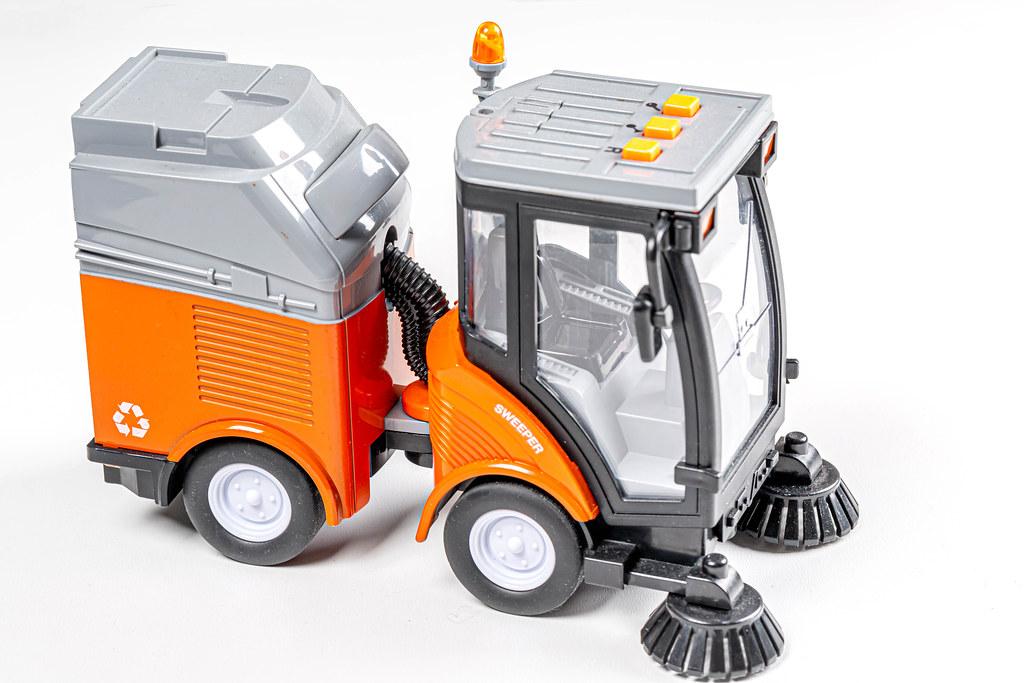
When it comes to keeping toys clean and safe for children, consistency is key. Creating a toy cleaning schedule can help ensure that toys are regularly sanitized and maintained, reducing the risk of spreading germs and illness. By following simple guidelines for hygiene and safety, parents and caregivers can provide a healthy play environment for children.
Here are some important steps to consider when creating a toy cleaning schedule:
- Regular Cleaning: Designate specific days for toy cleaning, such as once a week, to ensure consistency.
- Use Safe Cleaning Products: Choose cleaning products that are safe for children and will not leave any harmful residues on toys.
- Separate Toys for Different Age Groups: Keep toys for older children separate from toys for younger children to minimize the risk of small parts becoming choking hazards.
Additionally, it’s important to consider specific cleaning procedures for different types of toys, such as plush toys, plastic toys, and wooden toys. By following a regular cleaning schedule and using safe cleaning products, parents and caregivers can ensure that toys remain hygienic and safe for children to play with.
Below is a simple sample schedule for toy cleaning:
| Day | Task |
|---|---|
| Monday | Clean plastic toys |
| Wednesday | Wash plush toys |
| Friday | Clean wooden toys |
By following a consistent toy cleaning schedule and maintaining good hygiene practices, parents and caregivers can create a safe and healthy play environment for children.
Questions & Answers For Cleaning Toys: Guidelines for Hygiene and Safety
How often should I clean my child’s toys?
It’s best to clean your child’s toys regularly, especially those that are frequently used or come into contact with food. Aim to clean them at least once a week, but more often if they are visibly dirty or if your child has been ill.
What are some safe cleaning methods for toys?
You can clean plastic toys by washing them with soap and warm water. For soft toys, you can either wash them in the laundry machine or spot clean them with a cloth and mild detergent. Wooden toys can be wiped down with a damp cloth and mild soap.
Are there any toys that cannot be washed?
Toys with electronic components or batteries should not be submerged in water. Instead, use a disinfectant wipe to clean the surface of these toys. Additionally, toys that are very old or fragile may not be suitable for washing.
Can I use bleach to clean my child’s toys?
It’s generally best to avoid using bleach on children’s toys, as it can be harsh and may not be completely rinsed off. Instead, opt for milder cleaning agents like soap and water, or utilize natural alternatives like vinegar.
How can I ensure that stuffed animals are clean and safe?
Stuffed animals can harbor a lot of germs, but you can safely clean them by either washing them in the laundry machine on a gentle cycle or wiping them down with a cloth and mild detergent. Be sure to check the care label for specific instructions.
Are there any cleaning products that are unsafe for children’s toys?
Avoid using harsh chemicals, like ammonia or abrasive cleaners, on children’s toys. These can leave behind residues or cause damage to the toy’s surfaces. Stick to gentle, child-safe cleaning products.
Should I clean outdoor toys differently than indoor toys?
Yes, outdoor toys should be cleaned more frequently, as they are exposed to more dirt and germs. Depending on the material, you can often use the same cleaning methods as indoor toys, such as using soap and water or a mild detergent.
How can I involve my child in the toy cleaning process?
You can make toy cleaning a fun and educational activity for your child by involving them in the process. Let them help wash their toys, teach them about hygiene and the importance of keeping things clean.
What are some additional tips for maintaining clean toys?
To help prevent the spread of germs, consider keeping separate bins or bags for clean and dirty toys. Additionally, encourage your child to wash their hands before and after playing with their toys.
Are there any benefits to regularly cleaning my child’s toys?
Regularly cleaning your child’s toys can help reduce the spread of germs and keep your child healthy. It also helps to prolong the life of the toys and ensures that they remain safe for use.
In Conclusion
So there you have it, folks! Keeping your child’s toys clean and hygienic doesn’t have to be a daunting task. By following these simple guidelines, you can ensure that your little one’s playthings are safe and germ-free, giving you peace of mind and keeping those smiles on their faces. Remember, a clean toy is a happy toy!
